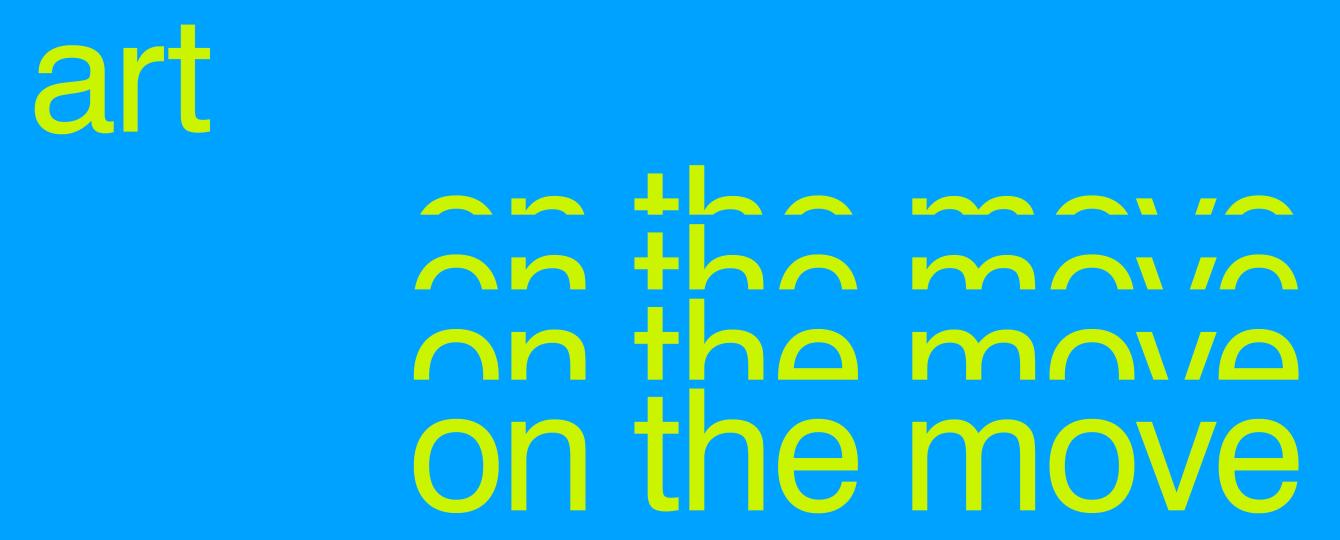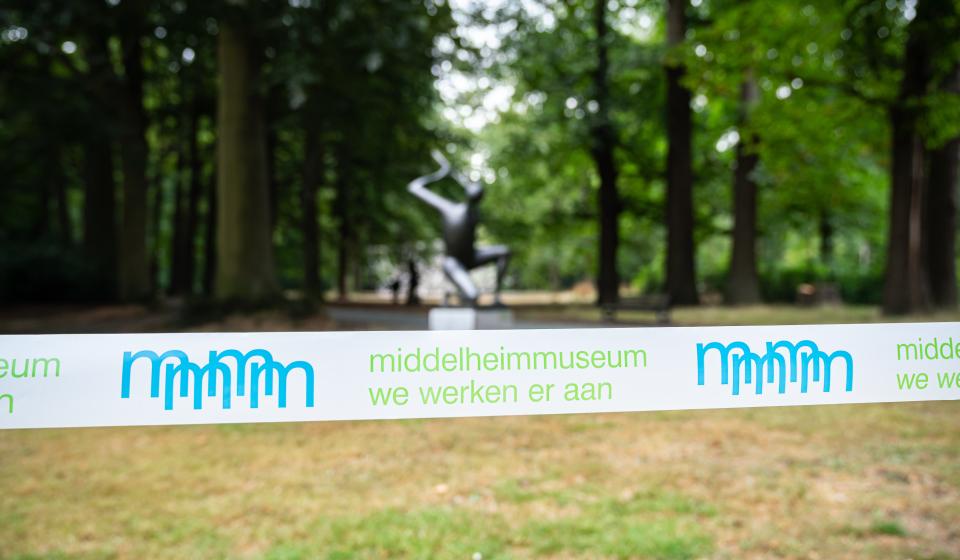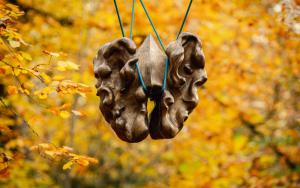A total of 224 works of art will be given a new home in the art park and at the open-air depot. In the process, some parts of the park will be further upgraded in close partnership with the city of Antwerp's Department for green spaces. There are also new works, including a striking fountain sculpture by Camille Henrot. This new themed presentation brings art and nature even closer together.
Themed collection presentation
After the transformations you'll see 171 sculptures in the art park in different clusters, inspired by different types of landscape in the museum. Middelheim Park evolved from a private setting to a public park and became an art museum in 1950. The development of the park landscape and man's corresponding relationship with nature form the basis of the new themed arrangement of the artworks.
For the first time, the new setting also pays special attention to the visual and substantive relationship the artwork establishes with the surrounding landscape. As such, the appealing green backdrop will be showcased more effectively. Protective measures for the landscape will be taken where appropriate. Nature and art are more closely united.
New work
The new collection presentation also features many new works. Some of the installations acquired by the Flemish Community in 2021, as a relaunch measure after coronavirus, are displayed for the first time. Another striking new artwork is the fountain sculpture ‘Adrift’ (2023) by Camille Henrot (Paris, b. 1978). The French artist, to whom the Middelheim Museum dedicated the solo exhibition ‘Wet Job’ in 2022, created this new work specifically for the museum.

Remarkable restorations
Several sculptures are being carefully restored or conserved in response to the new collection presentation.
This includes the two window sculptures ‘Fenster I and II’ (1993) by Isa Genzken and ‘Vierkantrohre Serie D 1967-2016’ (1967-2016) by Charlotte Posenenske, the metal sculpture on the side façade of the Braem Pavilion.
Other impressive restorations include ‘Untitled’ (1993) by Per Kirkeby: this large work in brick was damaged by a falling tree during a storm in 2022. Or Corey McCorkle's iconic mirrored sphere ‘Yayoi’ (2005). And Jessica Stockholder's installation ‘Born of Landscape Linoleum’ (2002): an assemblage of diverse objects with different materials.
Site-specific
Just under 50 works of art in the museum are inseparable from their location and remain in situ. Sometimes they are immovable by their very nature, such as the architectural sculptures of Per Kirkeby and Charles Vandenhove. Others are site-specific, i.e. they are designed by the artist to be installed in a specific location and lose meaning when moved. We examined this for all of the works, consulting with the artists and/or their representatives.
Isa Genzken's hard-to-find window sculptures ‘Fenster I and II’ (1993), for example, are located in a meaningful location chosen by the artist and set up like a "folly" you stumble across by accident, close to the exits of Mid Laag, with beautiful views of trees.
On the other hand, some of the links to existing locations turned out to be less significant than imagined. The creator of ‘74 Weathering Way’ (2001), Carl Andre, for instance, agreed that the work would be more effectively showcased in a different, quieter avenue. This artwork has now been relocated to another stunning location and is now, quite literally, bathed in new light.
Intensive relocation works
Moving a sculpture that has been anchored in the ground for decades is no easy task. Moreover, they are all unique works of art, with different materials, techniques and vulnerabilities. Each individual artwork requires its own preparation process, method and approach. The relocation of a total of 224 different works of art is, therefore, a hugely labour-intensive job.
In fall 2023, work will also begin on moving the museum library into the collection pavilion. The museum will remain open as usual during the works, allowing visitors to follow the ongoing work up close.




